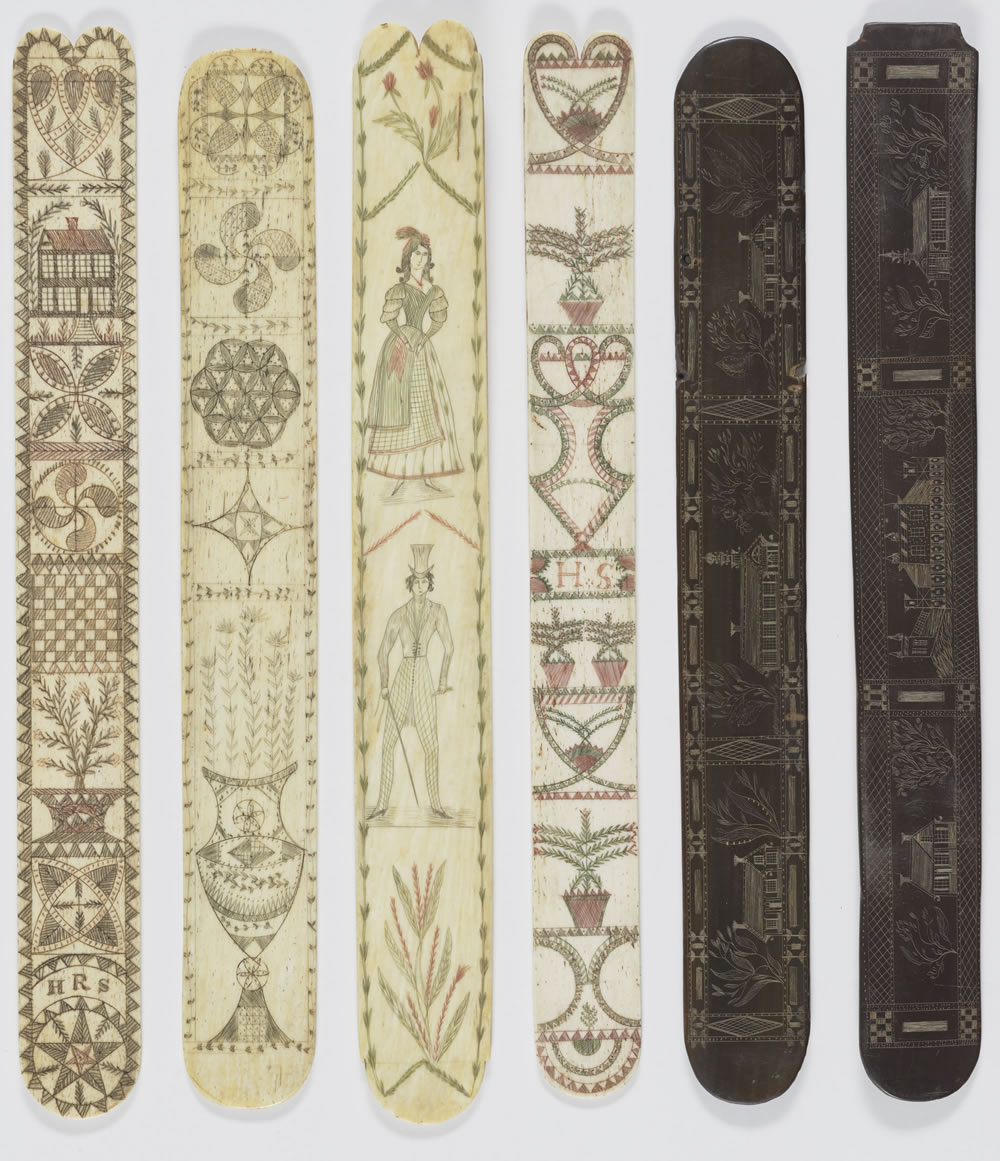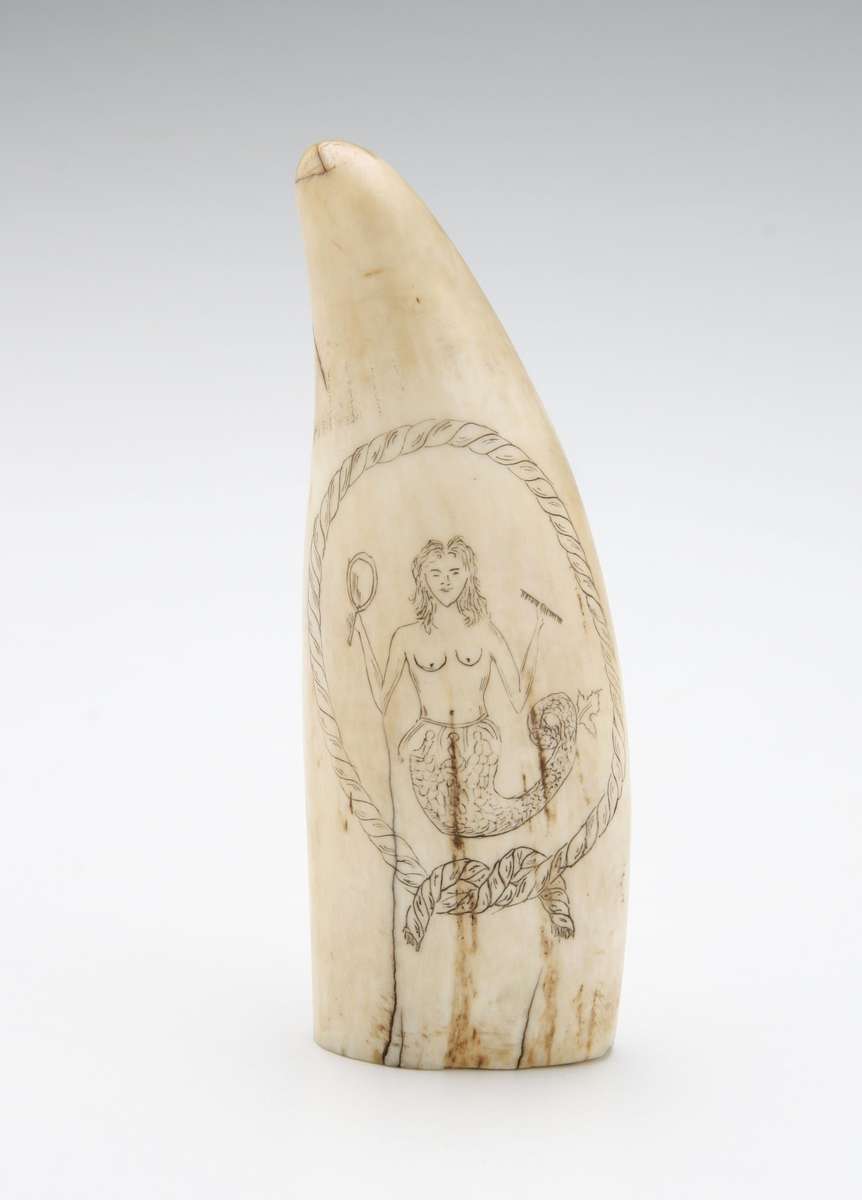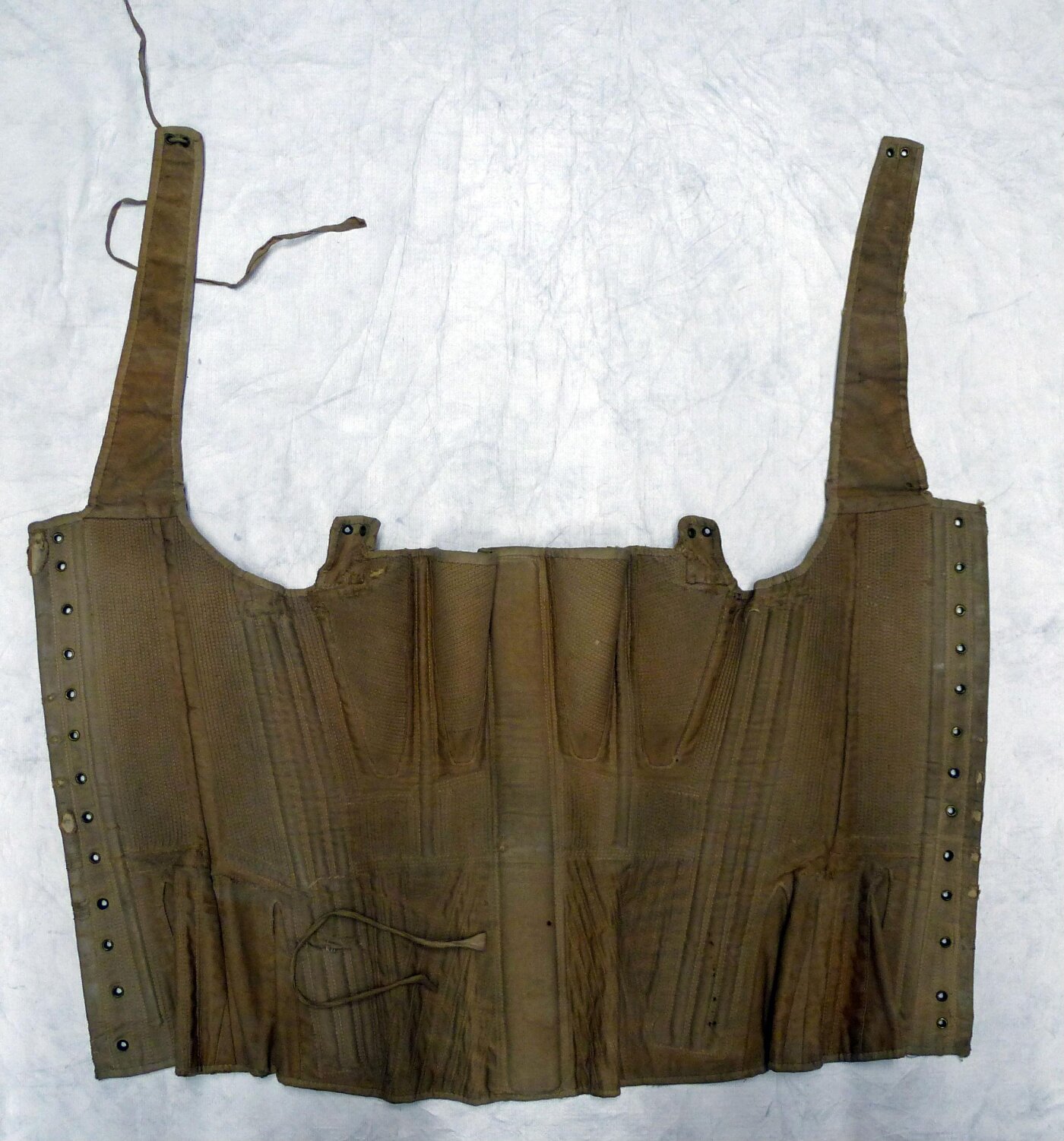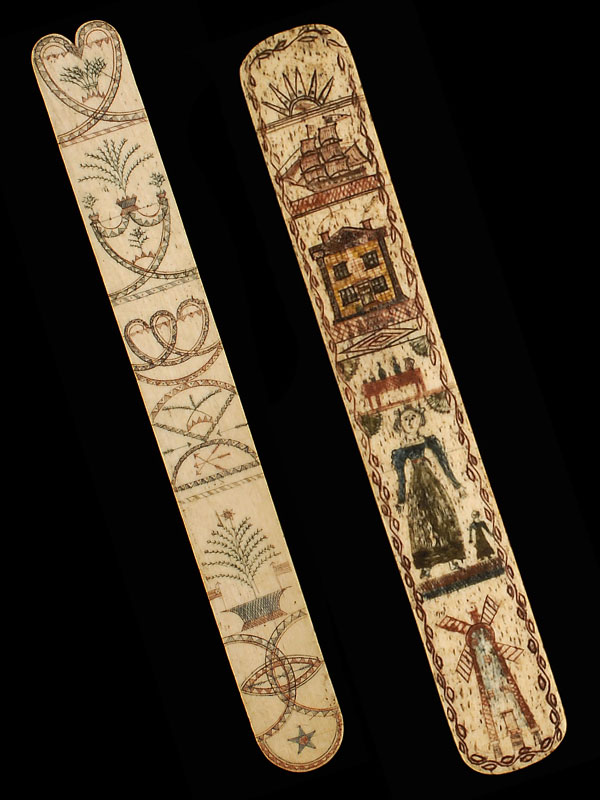CULTURAL SERVINGS:
EPHEMERAL ECHOES
EDWARDIAN PURSE
SCRIMSHAW AND LOVE TOKENS
PILCHARDS AND TROYL
BELTS
LEATHER TANNING
BEER TIME
BEER MATS
LUNCH BOX
SLOW MOVEMENT
SUMMER HEAT
NATURAL DYES
FRAKTUR ART
THE CRIES OF LONDON
SHAKER FURNITURE
BAUHAUS BRUTALISM
BAUHAUS INTERIOR
BAUHAUS SPIRIT
BAUHAUS HISTORY
ROMANTICISM AND REVIVAL
HISTORY OF THE MUSEUM
CABINETS OF CURIOSITY
SCRIMSHAW AND LOVE TOKENS







HISTORY
Museums have been around for centuries, but not as we know them today. Although not officially referred to as a museum until the fifteenth century, museums existed as shrines, temples, mausoleums, burial grounds. These were places where people could leave collections of offerings to the gods or to their deceased loved ones; keepsakes for the other side.
Nowadays, although the museum has evolved into a place of science and history, museum still maintains its roots as an offering to the gods. The word ‘museum’ is derived from the greek ‘mouseion’, which means ‘a shrine to the muses’. The Muses were the goddesses of the arts and sciences, so it is no surprise that this is where these knowledge based institutions find their etymological roots. Today, museums exist as spaces that not only house these offerings, but asspaces that inform, inspire and educate us, that give us peace and quiet, promote civic pride, and remind us of our rich histories. The theme of each museum varies from the next, but they all possess the same common goal: the interpretation and preservation of society’s cultural consciousness.
COLLECTING
As humans we have a desire to collect and gather. Our reasoning could be sentimental, it could be to flaunt our wealth, to inspire us, to remind us of our heritage, the list goes on. As a society we are taught to consume: keeping these objects as a symbol of knowledge, of taste, of wealth and of power. This desire to collect became even more prominent as we began to travel more. Those wealthy enough to travel in the sixteenth century were exposed to artefacts they had never seen before. These international objects were exciting and exotic, and so they were taken home by the travellers and added to their collections. These collections were known as Cabinets of Curiosities, and were places to gather together, interpret and show off the riches of the world. Though many were literal cabinets, they also came in the form of rooms packed with exciting treasures.
These cabinets of curiosities were more often than not status symbols, as it was only the wealthy who could afford to collect such striking artefacts. However, there were some collectors who believed that the public deserved to see their findings, and thus, they opened their cabinets to the public, normally charging a small fee for entry. These were the earliest forms of the museum we know today.
This fascination with the exotic grew when the world reached the Age of Enlightenment, a period between the fifteenth and seventeenth centuries which undermined the monarchy and the Church, and promoted concepts of science and technology. Mankind was becoming more and more curious and rather than museums being small collections in people’s homes, actual buildings were erected with the express purpose of housing these collections. Museums became more specialised, and in the late 1700s, the British Museum and the Louvre were built, two of the most seminal (and controversial) museums in the world. These museums inform and inspire their visitors, whilst as preservers of world culture - wether it is their place to do so or not…
As our curiosity deepens, more museums arise, and their topics become more and more niche. For example, the Ramen Museum in Japan which teaches the curious about the history of ramen noodles; the Katten Kabinet in Amsterdam which is filled with cat-related memorabilia, or the Fan Museum in Greenwich which is dedicated entirely to fans. It is hard to predict what the future of museums will look like. Virtual museums have started to become more and more present, but there is something unique about the physical space of a museum, the way that it seems comfortingly quiet even when busy; or the way it offers an escape from the world outside. Every artefact has its own story, far more exciting than our own tales. It is certainly important that these historic sanctuaries, remain part of our society for as long as possible.
REFERENCES
https://historicalcostume.wordpress.com/2013/11/02/stays-walls-of-defence-about-a-ladys-shape/
https://www.pinterest.co.uk/marleneyoule/scrimshaw/v
https://gizmodo.com/1846-the-year-we-hit-peak-sperm-whale-oil-5930414
https://www.sea.museum/2016/02/12/scrimshaw-a-whalers-pastime#:~:text=These%20engravings%20were%20mostly%20done,with%20pumice%20or%20shark's%20skin.
https://www.collectorsweekly.com/articles/how-sailors-love-tokens-got-into-womens-underwear/
https://web.colby.edu/thelantern/2016/09/01/a-second-skin/#_ftn1
Clifford W. Ashley, The Yankee Whaler (Boston and New York: Houghton, Mifflin, 1926), 112.
https://www.colby.edu/museum/
https://americanhistory.si.edu/archives/collections